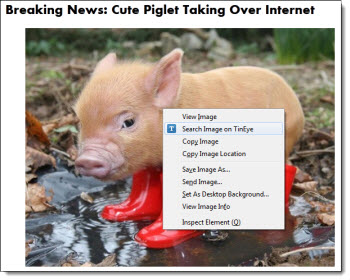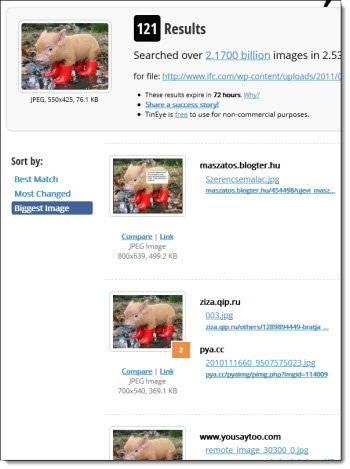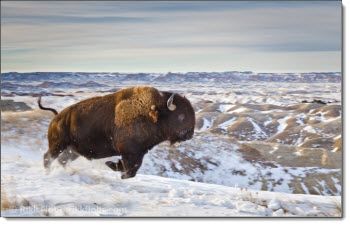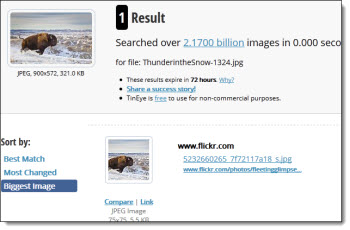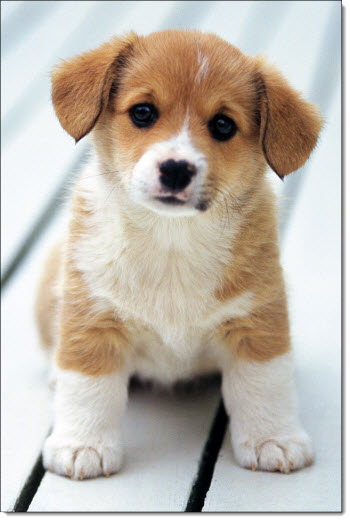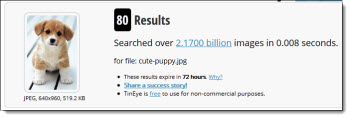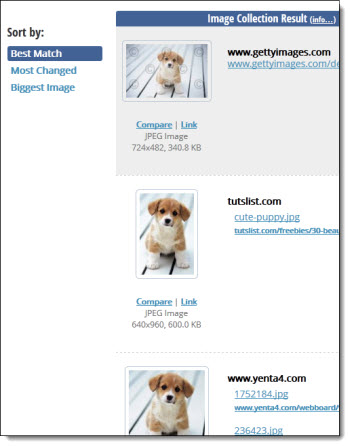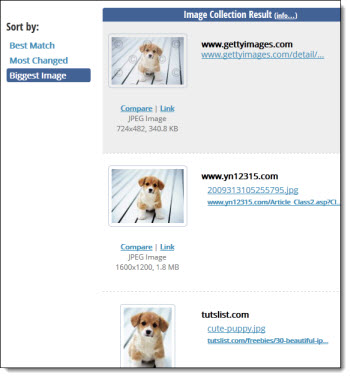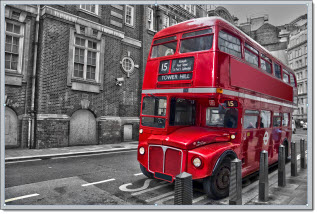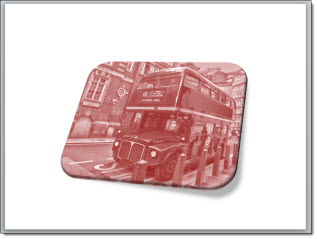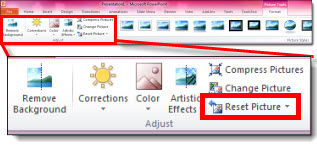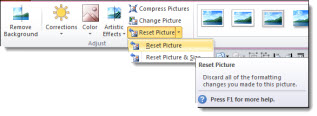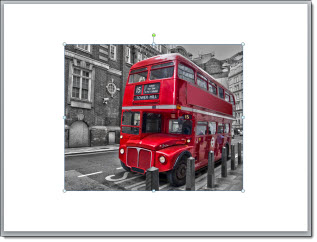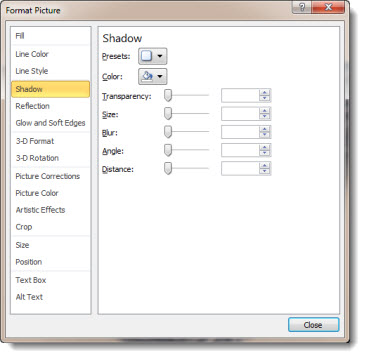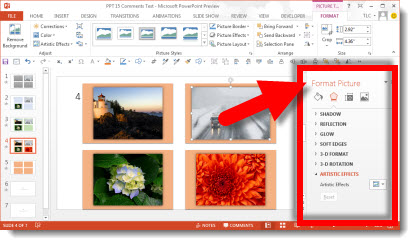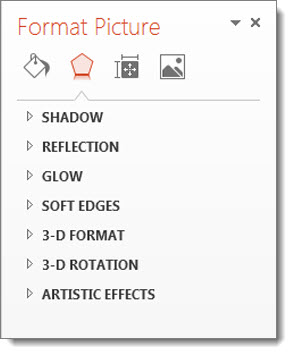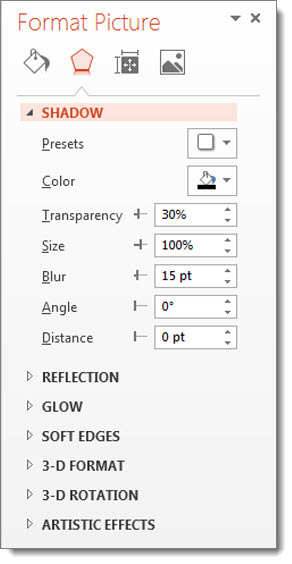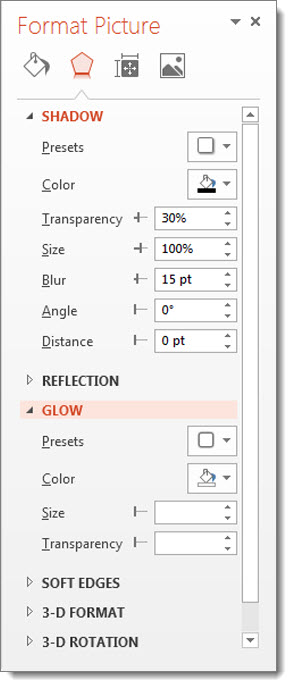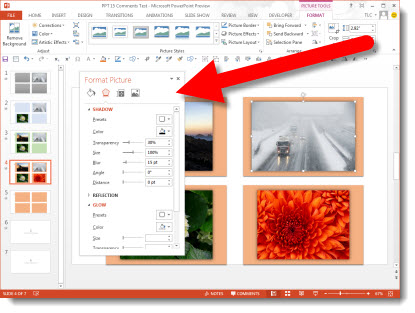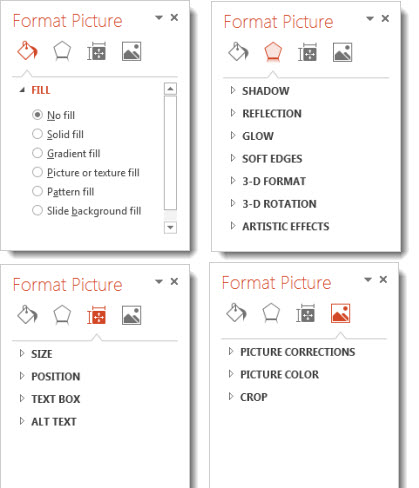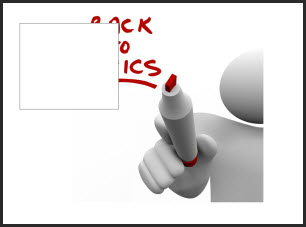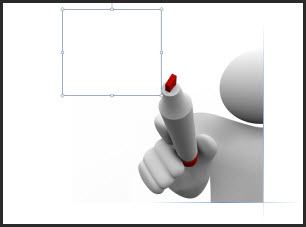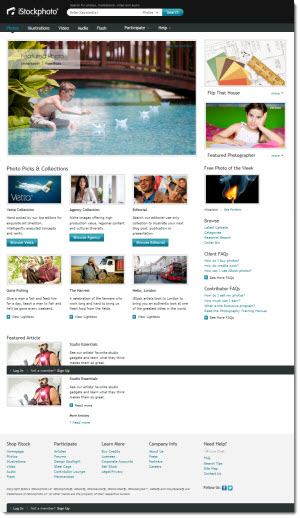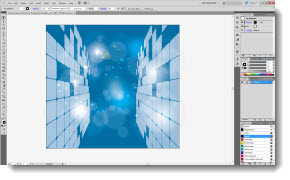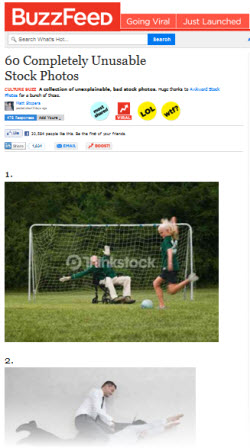Gigapixel.com – Amazing Technology!
Gigapixel.com is a service that produces extremely high resolution images. A Gigapixel image is a digital image bitmap composed of one billion pixels (1,000 megapixels), or more than 100 times the information captured by a 10 megapixel digital camera.
For example, here is a photo of the mass crowd of Canadians at the Vancouver Canucks Fan Zone along Georgia St. for Game 7 of the 2011 Stanley Cup Final. The image was captured at 5:46 pm on June 15, 2011. It is made up of 216 photos (12 across by 18 down) stitched together, taken over a 15-minute span, and is not supposed to represent a single moment in time.
Note the zoom control in the left portion of the above image. Here is maximum zoom on the image! This street sign is where the red arrow above is pointing. Plus you can pan around and identify virtually everyone’s face.
Of course, this image is 69,394 X 30,420 pixels (or 2,110 megapixels). A widescreen PowerPoint slide image through an HD projector or monitor is 1,920×1080 – we have a long way to go before needing this resolution for presentations, but it is amazing!!
Click here to view image in browser (Note: Needs Flash)
– Troy @ TLC

